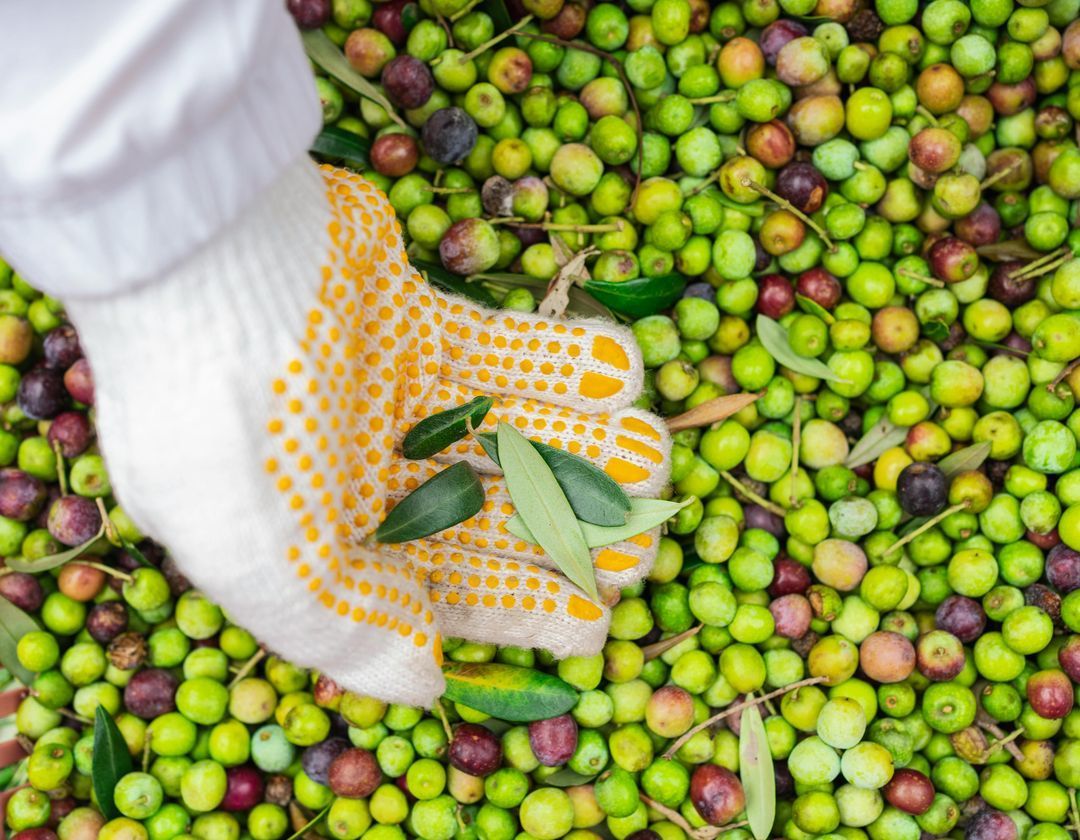Extra Virgin Olive Oil: How to Choose a Quality Product and Why Its Important to Be Wary of It

Extra virgin olive oil (EVO) is a cornerstone of the Mediterranean diet and one of Italys most prestigious food products. With its unmistakable flavor and health benefits, olive oil is an integral part of Italian cuisine and culture. Italy is one of the worlds leading producers of EVO oil, with production ranging between 400,000 and 500,000 tons annually, distributed across several regions.
Each Italian region has its own variety of oil, which varies according to climate, cultivar (olive variety), and production techniques, creating a panorama of oils with unique flavors. For example, Tuscan olive oil is known for its fruity and slightly spicy flavor, while Ligurian olive oil is more delicate and sweet. Every drop tells a story of tradition, family, and passion for the land.
The Production Process
Quality extra virgin olive oil comes from cold-pressing olives, which must be harvested at the perfect stage of ripeness to ensure optimal fatty acid and polyphenol content. Olive harvesting is a delicate process, traditionally done by hand or with the aid of modern machinery, but always with the goal of avoiding damage to the fruit and ensuring maximum freshness. The olives are then crushed and the oil extracted through a milling and decanting process that preserves the oils nutritional properties as much as possible.
Production Areas in Italy

Italy is renowned for its excellent olive oil: from Puglia to Sicily, from Tuscany to Liguria, each region has its own olive-growing tradition, and each oil tells a different story. The soil, climate, and harvesting and pressing techniques contribute to differentiating one oil from another. The most renowned and prized extra virgin olive oils come from areas with certified quality labels, such as Toscano IGP and Ligurian PDO.
💶 Price and Quality: An Unbreakable Bond
The price of extra virgin olive oil is often a direct indicator of its quality. The production costs of a good EVOO are influenced by numerous factors, including the quality of the olives, the harvesting method, the processing, and the packaging. On average, a good-quality extra virgin olive oil costs between €6 and €10 per liter, with some niche labels even costing over €20 per liter.
An EVOO costing less than €6/liter might be suspect, since the production cost of a truly fresh, high-quality product doesnt fall below this threshold. Often, low-priced oils are blends of refined and virgin oils of uncertain origin, or low-quality oils blended to reduce costs. A low price, therefore, could translate into a product that isnt truly extra virgin, but rather a blend of different oils or low-quality oils, often cut with other vegetable fats.
💡 What to Look for on the Label
When purchasing extra virgin olive oil, its important to read the label carefully. The words obtained exclusively from olives harvested and pressed in Italy are a guarantee of the products origin. Indeed, a high-quality extra virgin olive oil has a clearly defined origin, and its best to avoid products that dont clearly specify their provenance.
Quality certifications, such as Protected Designation of Origin (PDO) or Protected Geographical Indication (PGI), are also indicators of an authentic, high-quality product. These labels guarantee that the oil comes from a specific production area and follows precise regulations that ensure its quality.
🧪 Differences between Extra Virgin Olive Oil and Other Types of Oil
1. Extra Virgin Olive Oil (EVO)
Extra virgin olive oil is the best available on the market and must be produced without the use of chemicals or industrial refining methods. European Union regulations stipulate that EVOO cannot have an acidity greater than 0.8% and must be free of organoleptic defects such as rancid odors or unpleasant flavors. Furthermore, extra virgin olive oil must be cold-pressed and without the use of heat or chemical solvents, preserving the oils nutritional and aromatic qualities.
2. Virgin Olive Oil
Virgin olive oil is also extracted from olives, but has a higher acidity than extra virgin, generally between 1 and 2%. This type of oil is less valuable than extra virgin, but still good quality, and is processed without the use of chemicals. Its suitable for those seeking a slightly cheaper, yet still natural, oil.
3. Olive Pomace Oil
Olive pomace oil is a product obtained from the residue left over from olive pressing to obtain virgin olive oil. This oil, while edible, is less valuable and requires an industrial refining process. Pomace oil is generally used for high-heat cooking, such as frying, but is not suitable for raw consumption.
⚖️ The Oil “Cutting” Phenomenon
Unfortunately, some unscrupulous producers blend low-quality oils with extra virgin olive oil to reduce costs. This phenomenon, known as cutting, is often difficult to detect unless specific chemical tests are performed. Some producers also use refined oils of non-European origin to reduce the final cost of the product, thus compromising quality.
If an extra virgin olive oil is priced too low compared to the market average, it may be a blend of different oils. European law, in fact, does not set specific limits for blending with non-extra virgin oils, but oil sold as extra virgin must meet specific quality and acidity standards.
✅ Tips for Choosing a Good Extra Virgin Olive Oil
- Label : Always check the wording indicating the origin and quality of the oil, preferring oils with DOP, IGP, or “100% Italian” certifications.
- Price : Be wary of oils sold at excessively low prices; quality extra virgin olive oil has an average price between €6 and €10/litre.
- Storage : Store the oil in a cool, dry place, away from direct light and high temperatures.
- Expiration : Check the expiration date to ensure youre buying fresh oil. Avoid oils with expiration dates that are too far away.
- Origin : Look for oils that clearly state their place of origin and specific production area. Prefer local producers who follow traditional production methods.

gourmet
Data di inserimento 22 apr 2025
Report article


Comments
There are no comments yet.